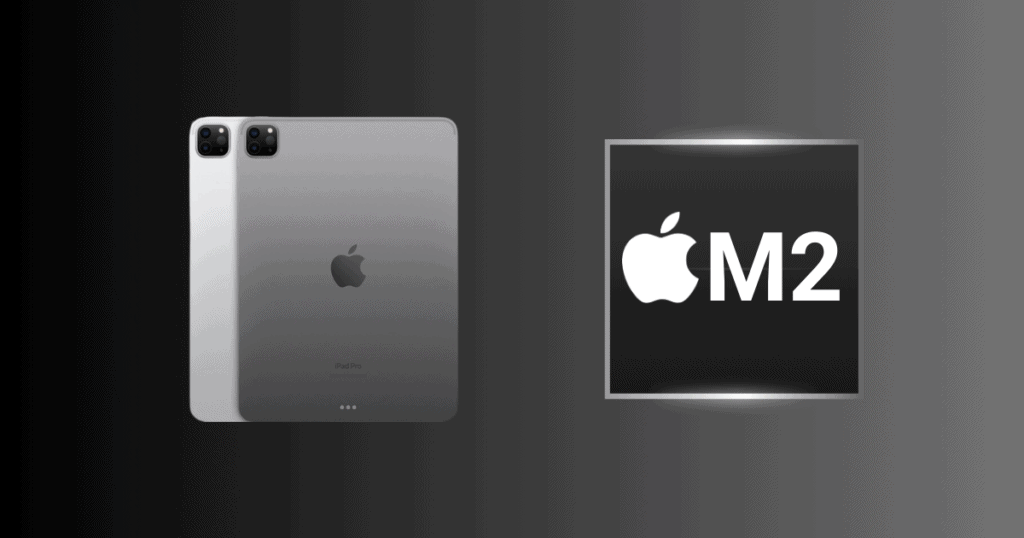Apple’s recent confirmation regarding the M2 iPad Air‘s 9-core GPU configuration has sparked intrigue within the tech community. The deviation from the initially touted 10-core setup has prompted questions surrounding potential performance implications and the rationale behind this alteration. As enthusiasts and industry experts contemplate the impact of this GPU adjustment, the significance of accurate product specifications and transparent communication in the technology sector comes into focus. Stay tuned as we explore further into the implications of this shift and investigate the dynamics at play in Apple’s decision-making process.
Apple’s M2 iPad Air: GPU Cores Update
The recent adjustment to the GPU core count on Apple’s M2 iPad Air, from 10 to 9 cores, has sparked industry speculation regarding potential underlying reasons for this modification. The updated tech specs now confirm the presence of a 9-core GPU in the M2 iPad Air, a departure from the initially advertised 10-core setup.
This unexplained change by Apple has led to questions surrounding the possible motivations behind the GPU downgrade. While the impact on performance remains uncertain, the move prompts discussions around potential GPU shortages or internal strategic decisions within the company.
This alteration underscores the significance of transparent communication regarding product specifications to maintain consumer trust and provide clarity in understanding technological advancements.
9 Core GPU Confirmed by Apple
Confirmation by Apple of the 9-core GPU in the M2 iPad Air model has brought attention to the previously unexplained adjustment from the initially advertised 10-core configuration. This shift in the GPU core count, without a detailed explanation in the press release, has sparked discussions within the tech community about the reasoning behind this modification. Below is a comparison table highlighting the key specifications of the M2 iPad Air before and after the confirmation:
| iPad Air Specs | M2 Chip | GPU Cores |
|---|---|---|
| Before Update | M2 | 10 |
| After Update | M2 | 9 |
The adjustment in the GPU configuration for the M2 iPad Air underlines the importance of accurate and transparent product specifications.
M2 iPad Air GPU: What Changed?
Apple’s recent adjustment to the GPU core count in the M2 iPad Air has stirred speculation and discussions within the tech community. The updated tech specs now reveal that the M2 iPad Air features a 9-core GPU, contradicting the initial advertisement of a 10-core configuration.
This discrepancy, discovered without an official explanation, has led to questions about the reasoning behind the change. Speculation suggests that a shortage of working 10-core GPUs may have prompted this alteration.
Despite this adjustment, the impact on the device’s performance remains unclear. The unexpected shift in GPU core count highlights the importance of accurate and transparent product specifications to maintain consumer trust and understanding.
Impact of 9 GPU Cores
The revision from a 10-core to a 9-core GPU in the M2 iPad Air raises questions about its potential implications on the device’s overall performance capabilities. This adjustment may affect the graphical processing abilities of the M2 iPad Air, potentially leading to differences in performance compared to the initial expectations.
The shift to a 9-core GPU configuration suggests possible production changes or optimization strategies within the M2 chip for the iPad Air. While aligning the M2 iPad Air closer to other Apple devices like the MacBook Air with regard to GPU core count, users may notice slight distinctions in graphical output and overall processing efficiency.
It remains to be seen how this alteration will impact the user experience and the device’s performance in real-world usage scenarios.
Apple’s Transparency Shift
Upon quietly updating the tech specs of the M2 iPad Air, questions arise regarding Apple’s transparency in communicating hardware specifications.
The recent revelation of the device featuring a 9-core GPU, instead of the initially advertised 10-core setup, has sparked speculation about the reasons behind this shift. The modification was discreetly made without a public announcement, specifically noted in the U.S. tech specs page for the M2 iPad Air.
The discrepancy has led to suggestions that factors such as binning or supply chain constraints may have influenced this change. This adjustment underscores the importance of clarity and openness in product specifications for fostering consumer trust and understanding, prompting a closer examination of Apple’s transparency practices in the tech industry.
Performance Speculation Surrounding M2
Speculation abounds regarding the performance implications of the revised 9-core GPU configuration on the M2 chip in the new iPad Air. Apple’s decision to update its tech specs from the initially advertised 10-core GPU to the current 9-core setup has raised concerns about potential impacts on graphical performance.
Users are now left to ponder whether this change will result in noticeable differences in the device’s overall efficiency. The shift in GPU configuration also prompts questions about any production constraints that may have influenced this alteration.
As consumers await hands-on experiences with the updated iPad Air, the true extent of the performance capabilities and limitations stemming from the 9-core GPU configuration remains a subject of intrigue and debate within the tech community.
Internal Shifts at Apple
Apple’s recent adjustment in the GPU core count on the M2 iPad Air suggests potential internal changes within the company. The shift from 10 to 9 GPU cores without a formal explanation raises questions about internal communication or possible production issues at Apple. While the alteration is visible in updated tech specs, discrepancies are noted in various Apple webpages, indicating a need for clarity and consistency in product information. This adjustment marks the M2 iPad Air as the first Apple device to feature a 9-core GPU configuration, hinting at a shift in Apple’s hardware strategy. The implications of this internal change on performance and consumer perception remain to be seen.
GPU Shortages and Adjustments
The adjustment in the M2 iPad Air‘s GPU core count has sparked discussions regarding potential GPU shortages and the reasoning behind the recent modifications.
The sudden change in GPU configuration raises concerns about supply chain challenges affecting tech giants like Apple.
Users express frustration over discrepancies between advertised specs and the actual product received.
Speculation on Apple’s decision-making processes adds to the confusion surrounding the GPU downgrade.
Questions arise about the impact of this modification on the device’s overall performance and user experience.
Importance of Product Specifications
Understanding product specifications is essential for informed decision-making when evaluating the technical capabilities and features of electronic devices. In a rapidly evolving tech landscape, staying informed about the latest specifications is vital. Here is a table summarizing key product specifications and their importance:
| Specification | Importance |
|---|---|
| GPU Cores | Directly impacts graphics performance |
| CPU Performance | Influences overall speed and multitasking abilities |
| Storage Capacities | Determines the amount of data the device can hold |
| Display Refresh Rates | Affects visual smoothness and gaming experience |
| Connectivity Options | Impacts compatibility with other devices |
Being aware of these specifications, especially when changes are made within the last minute, allows consumers to make educated choices based on their needs and preferences.
MacReview verdict
To sum up, Apple’s recent confirmation of the M2 iPad Air featuring a 9-core GPU instead of the initially advertised 10-core configuration has sparked discussions within the tech community. This adjustment prompts considerations regarding performance implications and the need for transparent communication in the industry.
While the impact of this change remains a subject of speculation, it highlights the importance of precise product specifications and maintaining consumer trust.




